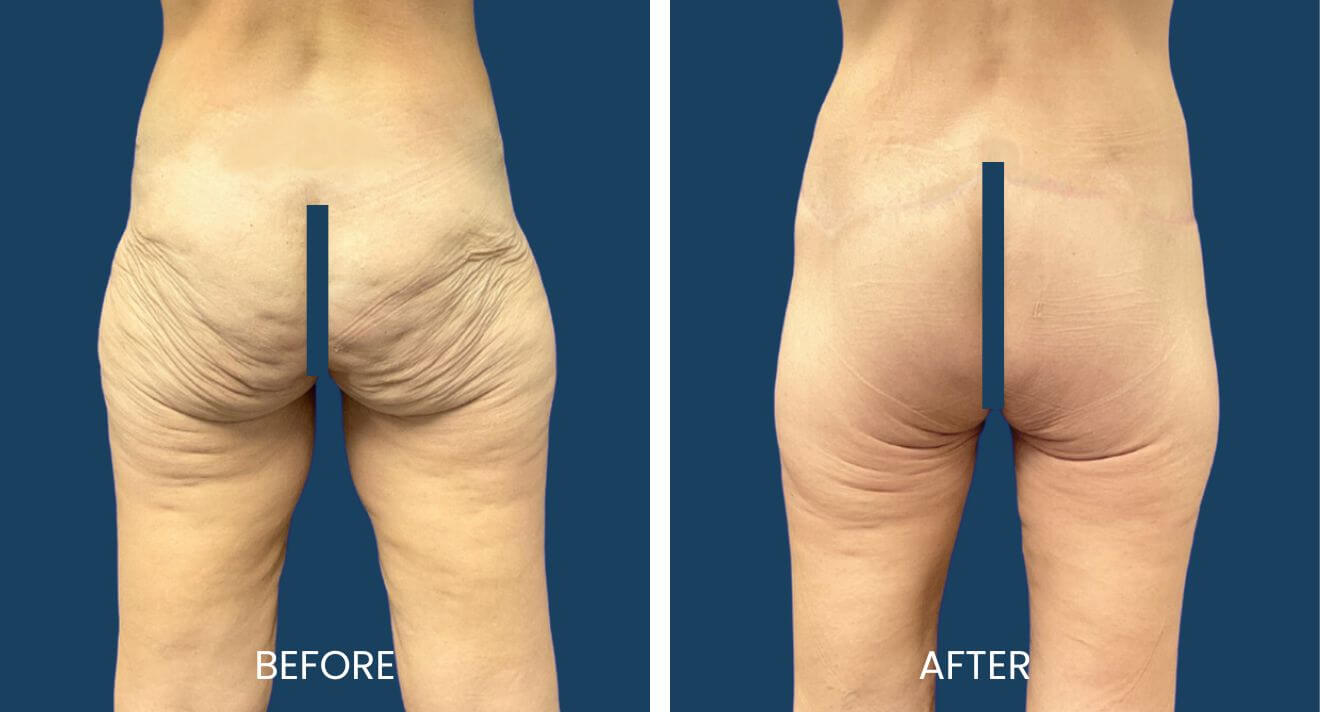
It starts with a consultation that feels more like a conversation
You walk in with questions. Not just about shape, but about safety. About scars. About whether this is even right for you. The surgeon asks about your health, your weight, your goals. They don’t just measure—they listen. Every lift begins here. With honesty. With expectation management. With understanding that this isn’t a quick fix.
They may draw on your skin. Point out where excess will be removed. Where the scar will fall. They explain what lifting means—not volume, not fat, but tightening. If you expect roundness, they’ll talk about fat grafting. If you expect size, they’ll explain why that’s another procedure.
You’ll leave with instructions. No smoking. Lab work. Possibly medical clearance. You’ll also leave with time—to think, to prepare, to ask more. Because readiness isn’t just physical. It’s mental.
The days before surgery are about preparation—not panic
There’s a checklist. No food after midnight. No supplements that increase bleeding. No last-minute workouts. The body needs calm. Balance. Normalcy. You fill prescriptions in advance. Arrange a ride. Plan who will help you when you’re sore and moving slowly.
You’ll prep your home. Extra pillows. Soft clothes. Somewhere to lie on your stomach. A mirror low enough to check bandages. Recovery snacks. Water bottles. Anything that keeps you still—but not stuck.
This isn’t a time for rushing. Or fixing last-minute tasks. It’s about creating a space where healing has room.
The day of surgery moves faster than expected
You’ll be marked. Cleaned. Taken to the OR. You’ll fall asleep quickly. Wake up groggy. Wrapped in compression. The lift is done. Skin removed. Tissue raised. The incision closed carefully.
You won’t see results right away. Just bandages. Swelling. A body that feels unfamiliar and heavy. But underneath, the new shape is already forming.
You’ll be monitored briefly. Then sent home. Not alone. Someone has to stay. Help you up. Help you move. You won’t want to bend, twist, or sit. That’s expected. That’s how day one goes.
The first week is the hardest—and the slowest
You’ll feel tight. Not sharp pain, but soreness. The kind that comes from tissue moved, skin pulled, tension released. You’ll wear a compression garment 24/7. Maybe drains. Maybe surgical tape. There’ll be bruising. Swelling. Numbness in places you didn’t expect.
You won’t be able to sit normally. Or lie on your back. Sleep will be awkward. Movement will be stiff. But walking helps. Even slow laps around the room.
You’ll feel tired. Emotional. Unsure. You’ll check the mirror too early. Think something looks uneven. That’s normal. Healing isn’t pretty. It’s swollen. It’s loud. But it settles.
By week two, your body starts to settle into its new shape
The bruising fades. Swelling becomes less obvious. You can move more easily. Stand straighter. Sit—with care, maybe on a special pillow. You’ll likely have a follow-up. The surgeon will check healing. Look at incisions. Remove stitches or drains.
You’ll ask if things are healing normally. They probably are. But you’ll still ask. Because no one prepares you for how strange your body feels in this stage. Not painful—just different. Like you’re still waiting for everything to sync.
That’s part of the process. Not a sign something’s wrong.
The scar begins to fade, but doesn’t disappear
The scar usually runs just above the buttocks. Hidden in underwear. But it’s long. And in the beginning, it’s red. Raised. Firm. You’ll be told how to care for it. Scar cream. Massage. Silicone tape. Over time, it softens. Lightens. Lays flat.
It won’t vanish. But it won’t always stand out either. In six months, you’ll barely see it in clothes. In a year, it may just look like a faint line. The tradeoff is shape. Smoothness. Clean contour where there used to be folds.
For most, it’s worth it. But it’s something you need to accept before—not after.
The full result takes longer than you expect
At one month, you’ll look better. But not done. At three months, the swelling mostly fades. At six months, you’ll see the final shape. Skin smooth. Tension gone. Contour visible. You’ll feel different too. Lighter. Not just physically, but emotionally.
You’ll try on clothes that never fit right. Stand differently. Walk with less tug on the skin. The result won’t be dramatic to strangers. But to you, it’ll feel like a return. Or a beginning.
You’ll finally see the work you put into your health reflected in your shape.
There are risks, and you’ll need to watch for them
Infection. Seroma. Skin necrosis. Fluid buildup. Most are rare, but possible. That’s why aftercare matters. You’ll check for warmth. Redness. Drainage that smells. Tightness that suddenly worsens. You’ll report changes. Don’t wait.
Your surgeon will guide you through these. Most issues are caught early. Handled with adjustments. Compression. Antibiotics. Time.
The biggest risk isn’t one moment. It’s not following instructions. That’s where problems begin.
Emotionally, the journey is more layered than expected
You may feel high one day. Low the next. Proud. Uncertain. Excited. Regretful. All in the same week. Surgery is physical, but recovery is emotional. You grieve the old body, even as you welcome the new one. You notice every detail. You question every choice.
That fades. Confidence grows. Doubt quiets. But it takes time. You’ll need patience. Support. Sometimes space.
This is more than skin—it’s identity. Give yourself room to feel all of it.
